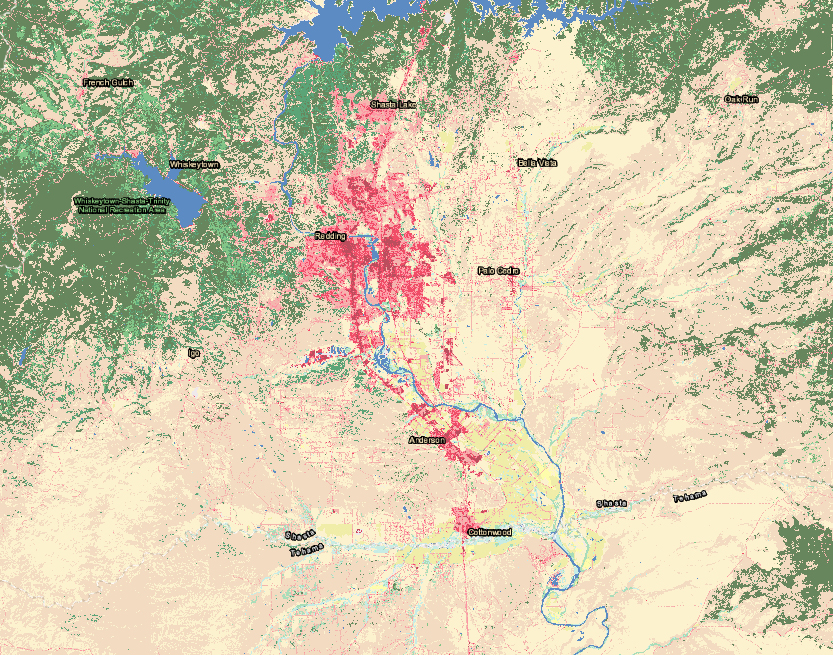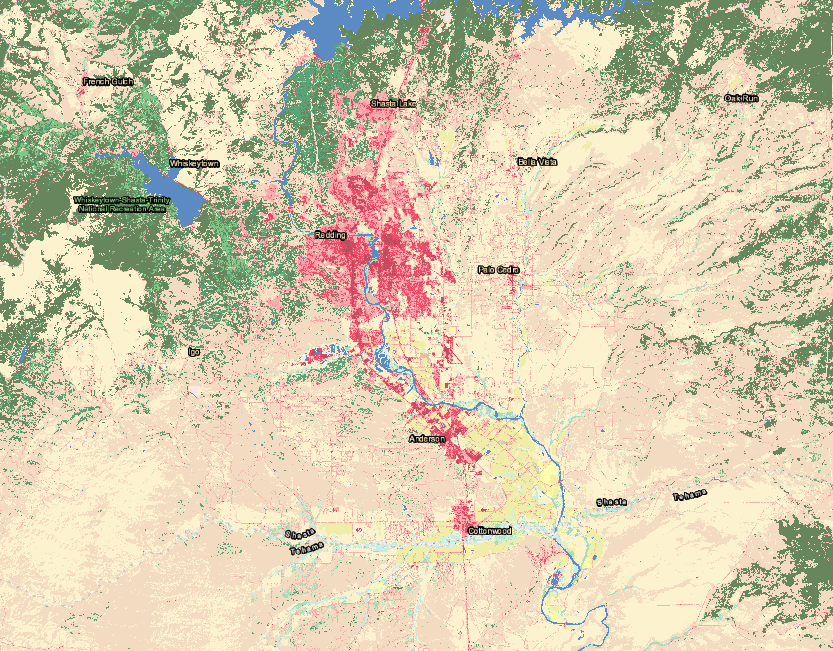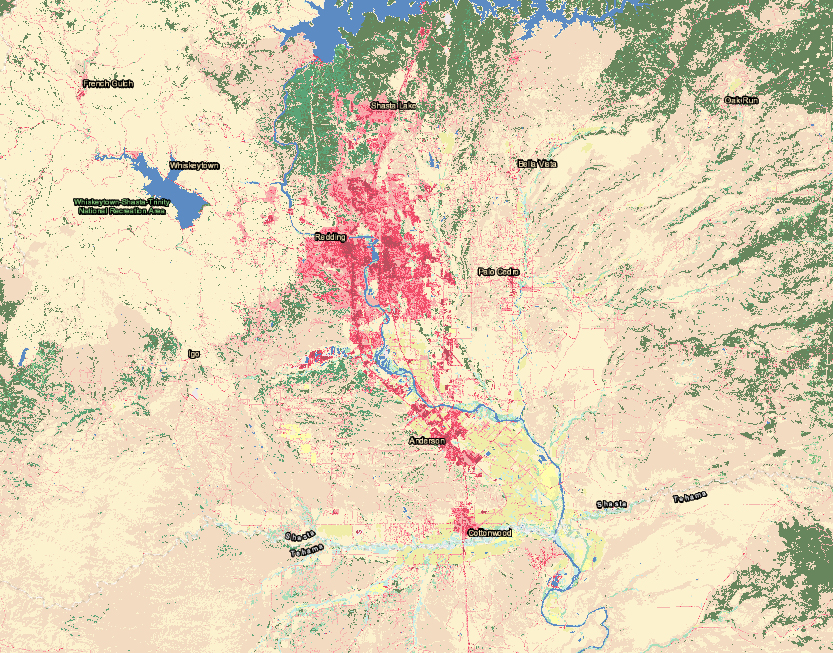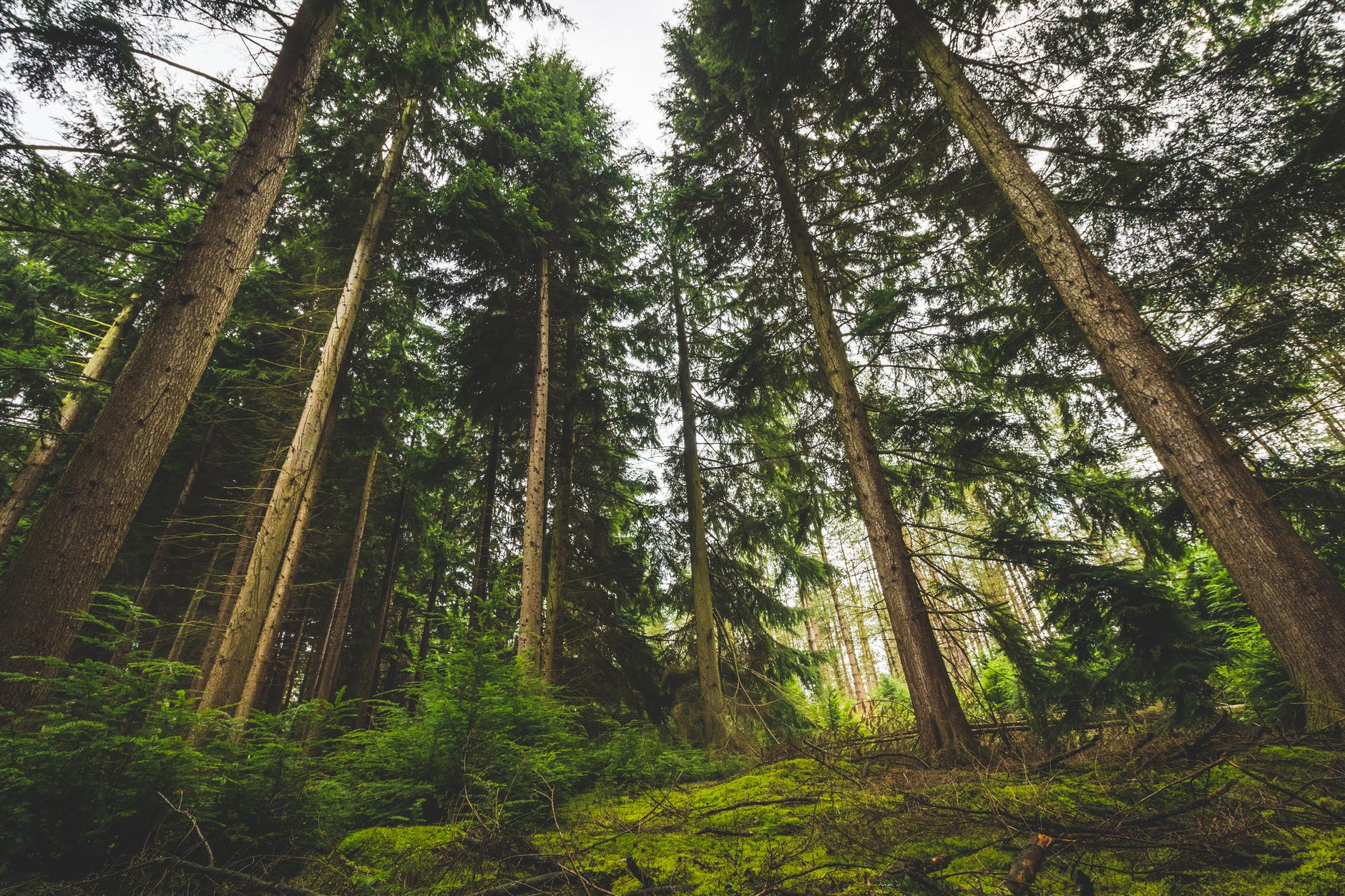
“To exist as a nation, to prosper as a state, to live as a people, we must have trees.”
~Theodore Roosevelt
Nothing exists alone in nature and forests are intricately connected with water, air, and most forms of life. They make life on earth possible by providing oxygen to breathe, water to drink, and habitat to live in.
Forests take in carbon dioxide and release oxygen, while also recycling water from the soil to the Earth’s atmosphere to create rain. Tree canopy cover protects the soil from washing away, while the organic matter from trees’ dead wood and leaves enriches the forest floor, and provides homes to countless species of animals, birds, plants, insects, fungi and others. Tree roots filter and clean the water as it makes its way to the nearest stream. Many forests are at their full processing potential, and cannot continue to operate at increased pressure amounts. There is no life on Earth without forests.
Forests are a important spiritual, cultural, and recreational asset. The scent of warm pine needles and the still quiet broken only by bird song are sensory pleasures that bring solace and peace. What is more important is the unseen work the forest is accomplishing to support the humans in the area.
Land cover maps for 2001, 2011, and 2021 showing the drastic change to the northern Sacramento River Valley.
Source: National Land Cover Database (NLCD)
Projects
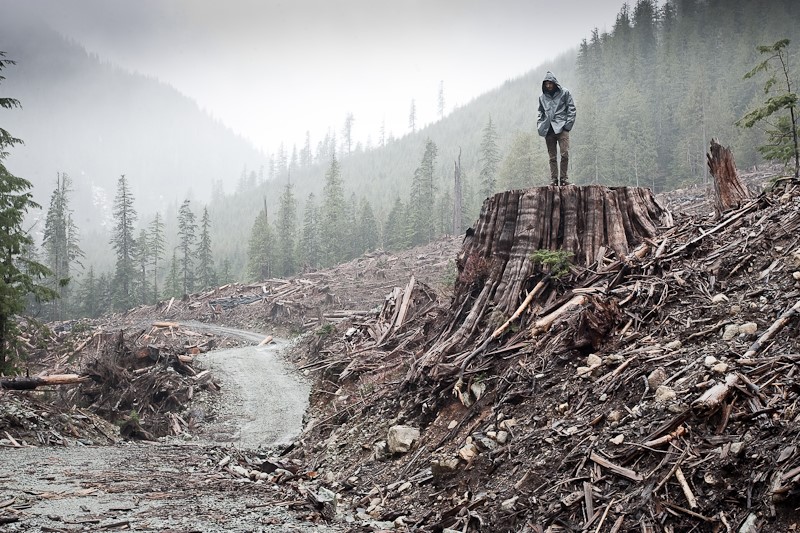
Clearcutting in California Watersheds:
Loss of Biodiversity of Wildlife and Native Plants
